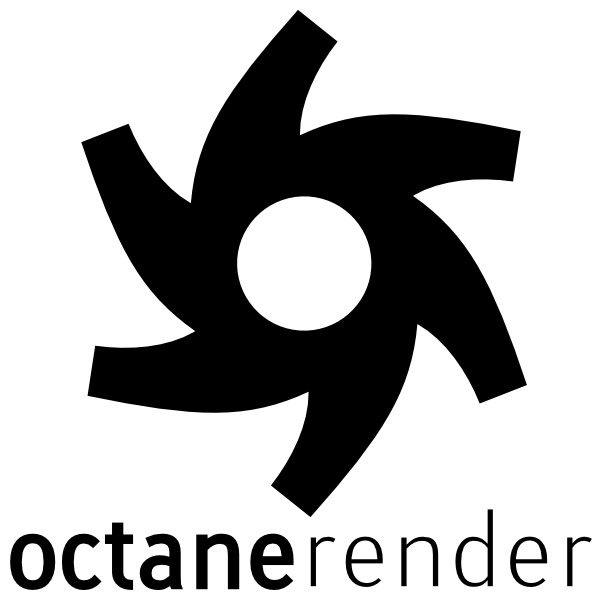Depending on the number of GPU-accelerated effects you use, a higher-end GPU can give you a nice performance boost in Premiere Pro. But what will give you the best performance for your dollar? An NVIDIA GeForce RTX video card, or one of AMD’s Radeon cards?














